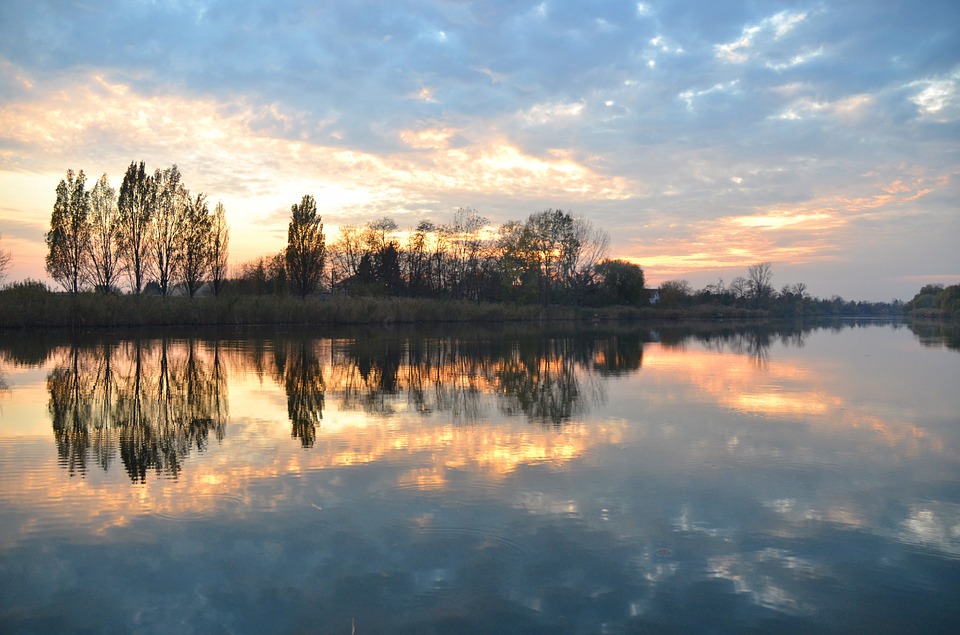I’ve just returned from ELI2018, where a few of us presented on the OpenLearning ’17 experience and took the opportunity to promote OpenLearning ’18. My colleague Gardner Campbell, Hub Director extraordinaire and leader of our motley crew gave me the opportunity to talk about my “Novice to Node” experience in OpenLearnimg ’17. I started that journey with no blog, no Twitter presence and no experience in a networked learning environment. In some ways, I had no business being a facilitator for OpenLearning ’17, but in some ways, I was best guide for fellow newbies and my newness to it all gives me a unique perspective among my colleagues on the steering committee. And besides, not knowing how to do something is not a valid hurdle for me. I figured out how to do it by doing it. I learned through trying to teach others.
There were some tweets from audience members in the session that called out my pithy personal learning outcomes from the OpenLearning ’17 experience. I had my 5 seconds of fame as they were liked and retweeted, but I think they may have been misinterpreted as lessons learned from one specific week. I want to be clear about this– these are takeaways from my entire experience over the duration of the course. These ideas evolved over a 15 week period (don’t worry, OpenLearning ’18 is just 8 weeks!) when I was focused on learning about teaching and learning in the open.
So now that I’ve cleared that up, I’d like to explain a little more about what I meant in the session at ELI2018.
Vulnerability is Essential
If you can be vulnerable and in the moment, you can make connections between ideas and you can make connections with other learners in this networked environment. The network is the classroom and the more time you spend in the network, the more experiences you will have and the more you will learn. Vulnerability and authenticity are important traits for leaders, and I would argue for teachers as well. They are certainly important traits for learners, but it can be hard to admit what you don’t know, especially if you are used to being an expert in your field.
Having just returned from a conference, I find the conference scene a useful metaphor. If you go to sessions, but talk to no one during breaks or in between sessions, you are going to have a more shallow experience than if you strike up conversations in the hallways and over meals. It requires putting yourself out there, but the reward is significant. If you engage on Twitter with others at the conference, you might have an even richer experience.
The Network is the Classroom
The same is true for connected learning–to get the most out of the experience, you need to connect, not just with the readings, but with the other learners in the network. And ideally, you get the opportunity to connect with people who are another step further out from the course you are engaged in. You begin to build your network through the connections you make in the course, and then you make connections with their connections (it’s like those shampoo commercials from the 70s and 80s–and they tell two friends, and they tell two friends, and that’s the power of the network).
But back to vulnerability. Think about times when you have really made a connection with someone, not over something superficial (like shampoo…), but over something meaningful. How did that connection happen? One or both of you probably shared something personal, something that was important to you, something you’ve been thinking about for some time. That’s what can happen in the network if you open yourself up to connecting in that deeper way, but you do have to put a piece of your deeper self out there. The network IS the classroom. It’s where the learning happens. To be part of the learning experience, you need to be in the network, connecting with others.
Agency is Everything
Agency is about having a choice, and in the connected learning environment the choice is for the learner. The learner decides whether to do all, some, or none of the readings in a cMOOC. The learner decides whether to participate in the synchronous activities offered and at what level (are you lurking in the Hangout, or are you engaging in the chat?). Each learner’s experience will be different based on the choices they have made. Agency is empowering. It also lets us make decisions about our privacy. Perhaps you don’t want to join Twitter because you are concerned about how your information will be used. You can choose not to participate in that way. Your experience will be limited by that choice, but the choice is yours to make. Open pedagogy takes further steps to give students agency. Students might have a voice in how the syllabus is shaped or in the tools they use to complete an assignment. Perhaps they even have a choice in which assignments they will complete. Again, each learner’s experience is unique based on their decisions and what learning opportunities they choose to experience.
And a little about time management for cMOOCs
For me, I choose it all. My only limit is time and I have been amazed at how much time I can create when I adjust my priorities and my habits. So when I’m in the cMOOC, I will take a break from social media that is not connected to the experience (sorry, Pinterest and Facebook), and I will engage on Twitter over my morning coffee, but I will filter for #OpenLearning18 and focus my experience. I might write a blog post over several mornings or evenings (this one was begun in an airport and finished in my office). I will find ways to fit this experience into my days and nights because it is important to me. I know I will gain valuable insights from connecting with others in the network. It’s worth the small sacrifices and adjustments to my routines. For 8 weeks, I can change my lifestyle and it will change my life for the better.
Here’s how to join OpenLearning ’18: http://openlearninghub.net/the-stream/
We’ll get started on Sunday, February 4th. I look forward to connecting with you!

